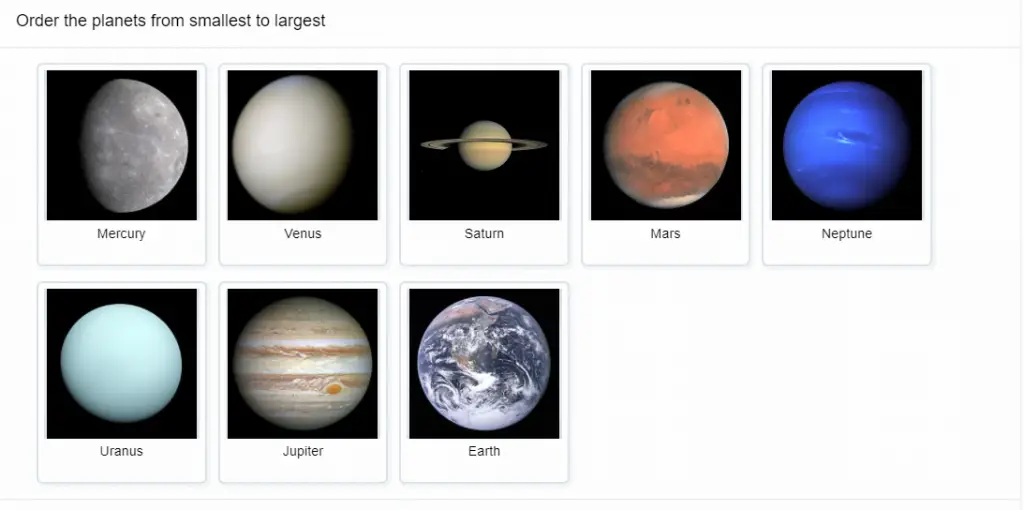In this segment of our online course blueprint series, I will look at the area of learning. Learning will always be a core area for any online course or elearning business. Needless to say, this is the main reason why your learners (who are also your customers) engage and sign up with you.
Be clear on the key outcomes of your course
People sign up because they want to learn from your experience as well as to achieve a learning outcome. Never lose sight of this when determining how your course is structured, delivered and the student experience.
Know your student audience when deciding on your online course features
Who is your student audience? What type of students are you targeting?
Understanding this will help determine your course/lesson format delivery type. For example, if you are teaching young school kids, you will want your lesson formats to have short animated videos and interactive and gamification features to keep them engaged.
On the other hand, if your audience are corporate executives who are time poor, a simple video, web page or word document that articulates the key learning points may be all that is required. Having snazzy, jazzy videos is more than likely to piss them off.
Setting up the optimal course structure
Course structure strongly impacts learner’s experience. How are you going to divide up your course and lessons? If you have a lengthy course, it may be optimal to divide it into lessons and topics. Having multiple lessons and topics may increase student focus as attention is lost when a course is too lengthy. Here are some things to note when setting this up.
Optimal online learning session duration is 20 to 30 minutes
How long does it take to deliver your entire course? The optimal duration for each session is approximately 20-30 minutes. When structuring your syllabus, optimise your course by splitting into 20-30 minute duration topics. This is not a hard and fast rule and would depend on your audience. For instance, if your students are children, you might want to consider shorter duration topiocs/lessons.
Deciding a suitable format for your online courses
What content format for your courses? Depending on your audience, you may choose online video streams, audio files, static text pages and documents or interactive web pages.
Typical online course content formats are:
Online Course Videos

Video is one of the most popular online learning media formats. When setting up your platform, an area to ponder upon is where to store and stream your videos. Storing and streaming it from your website server can be costly and resource-intensive. The main online learning platform solution providers do offer video hosting services. If you are hosting your online learning management system, video hosting services like Vimeo are also an option.
PDFs, Word Documents, Web pages
These formats mainly cover written content. It is still a very widely used content and has its advantages as learners can easily reference different sections.
HTML5 Interactive content
The ability to create interactive web pages that work well on mobile, tablet and desktop screens has improved tremendously over the last few years. This interactivity is useful in courses which involve quizzes, feedback or scenario-based simulation. Interactivity also improves student engagement. You can find an example here. Similar to the benefits of note writing, a learner may find it easier to remember when they are engaging with the content instead of just reading and consuming it.
However, make sure that there is a purpose behind the interaction. There are a lot of snazzy jazzy functions out there but having too many in your content may make it cumbersome for a learner who wants to just consume the important points and move on (another example of the importance of your audience).
Audio
Audio is another common format. It is used regularly in language learning applications. Unlike video, the hosting of audio content is less resource intensive. Great format for those who want to deliver their lessons to those on the move.
Measure level of understanding with Quizzes and Assessments
Quiz and assessments are common in courses and learning. Quizzes allow students and coaches to measure level of understanding and progress. There are multiple quiz types and assessments available. Depending on your course content and audience, they may help further enhance learning. There are various question types that you can use in your quizzes. Listed below are the standard types offered by various solutions.
- Multiple Choice
Select one answer from a possible list, usually 4.
- Multiple Response
Similar to multiple-choice but there are multiple possible answers.
- True/False
Single statement and one answers if it is True or False.
- Drag and Drop
Get creative with questions by using drag and drop interactivity.

- Fill in the blanks
Fill in the correct word or number within blanks.
- Drag the words
Drag the correct words into a sentence.
- Sequence
This is used to test knowledge of content that involves a sequence of events. An example can be found here.

- Matching
Such questions are usually used for image recognition.
- Hotspot
Select a spot on an image.
Open-ended questions
- Short Answer / Open text
- Essays
Open-ended questions require review by teachers/instructors. If you utilise these question types, you will need to determine how to facilitate this.
Measuring progress in online learning
The ability to measure progress can be a critical area in online learning. Learners need to understand their progress. The level of measurement required will be dependent on who your audience is. In some scenarios, all that is required is the ability to track task and topic completion. In more advanced scenarios, you might need to measure level of understanding pre-course and post-course completion.
Here are some functions involved in measuring progress in online learning.
Course Completion Tracking
Completion tracking allows you and your students to track their progress as they complete the different course sections. There are scenarios where this is a must-have function. For example, some companies run mandatory courses and hence, it is essential to know who has completed the course.
When tracking course completion, there is the option of letting a student indicate online that they have completed a lesson, topic or course. This is acceptable if you want to leave it to the student to manage and self-determine their own progress.
There are also cases where you want to only mark a course or lesson completed if a student completes a task such as a quiz. You will pursue this if you want to ensure a student only progresses once they have sufficient level of knowledge. Adopting this approach also gives your students some sense of achievement and encourages them to complete the course.
Certificates
Issuing certificates to students on course completion is a great way to provide a sense of accomplishment. In some industries, certification may serve as proof of training completion.
Analytics and Reporting
Analytics and reporting on student course interactions and activity can help instructors review their content and obtain insights on student performance. Such features may be extremely useful in a classroom setting where teachers need to monitor a student’s development.
Course scheduling / Drip feed lessons
Are you looking at releasing course content on a periodical basis? If so, you will want the ability to schedule the release of these courses or lessons at set dates or time intervals.
Instructor Engagement and Student Feedback
Providing a channel for instructors to engage students and students to provide course feedback can improve learning and make it comparable to a physical learning environment. If you are looking to leverage this, you will need to assess a safe and secure way for two way communication.
Survey
Surveying your students can provide structured insights on how well-received your courses are, allowing you to identify areas for improvement.
Social Learning
Do you want to allow course students to engage one and help one another? Such engagement is common in language learning apps where students can request others to correct their language sentence or paragraph.
Gamification
Gamification of courses has begun a popular topic in recent years.